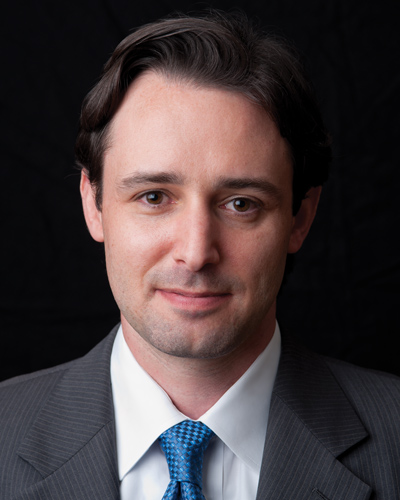
For David Goldfarb, president of DSG Benefits Group in Dallas, much of his business is based on consumer-driven health plans with a large focus on health savings accounts. Too often, employees don't truly understand how their benefits work. While these employees may be enrolled in their employers' plans, they are not taking full advantage of what their benefits can offer.
"Employee benefits are an organization's second largest expenditure behind payroll," Goldfarb says. "It's a big, big ticket item. Depending on the type or size of the group, it can be a six- to nine-figure expenditure, and you don't want to be spending that much if the employees don't even understand the benefits, don't appreciate the benefits and don't know how to use the benefits."
Recommended For You
Considering the lack of employees' understanding of their benefits, Goldfarb believes health savings accounts are helpful because they require the employees to become involved with their own health care decisions. HSAs require employees to make conscience consumer decisions regarding their health care, which encourages them to do more research and compare prices.
"If I have to pay the first $3,000, I'm going to do a lot more shopping around," Goldfarb says. "Even with prescriptions, I'm going to look at generics or ask for samples. Think about when you're buying a TV. There aren't a lot of people who just walk into Best Buy and buy a $5,000 plasma TV on the spot."
When an HSA is paired with a wellness program that focuses on potential risk factors, it is even more effective, Goldfarb says. Often, it is difficult to determine the return on investment when it comes to wellness programs. An employer can implement fitness challenges and bring in personal trainers, but that does not help the employer understand where the immediate risk factors are.
"If you see your 500- or 1,000-person group has a bunch of potential diabetics or potential obesity problems, you can put together wellness programs that specifically address those issues. You can determine the risk factors through biometric screenings or a simple health risk assessment, which costs nothing. Use the data to build a plan that is all about prevention because 70 percent of chronic diseases are preventable."
To provide value to his clients, Goldfarb is dedicated to staying on top of the industry's latest news, particularly when it comes to health care reform. Both employers and employees struggle to keep up with the ongoing changes that have come with health care reform, and they need their brokers to guide them through this revolving regulatory environment.
"Every company is different," Goldfarb says. "More so than ever, you really need to know what you're doing, and you need to have a very strong understanding of implications of the Affordable Care Act. Obviously, there are some unknowns, but in order to give good advice, you really need to be following things on a daily basis."
Photo by: Jim Olvera
Find out who the other Broker of the Year finalists are as we announce them April 23 – April 27 on BenefitsPro.com.
© 2025 ALM Global, LLC, All Rights Reserved. Request academic re-use from www.copyright.com. All other uses, submit a request to [email protected]. For more information visit Asset & Logo Licensing.







